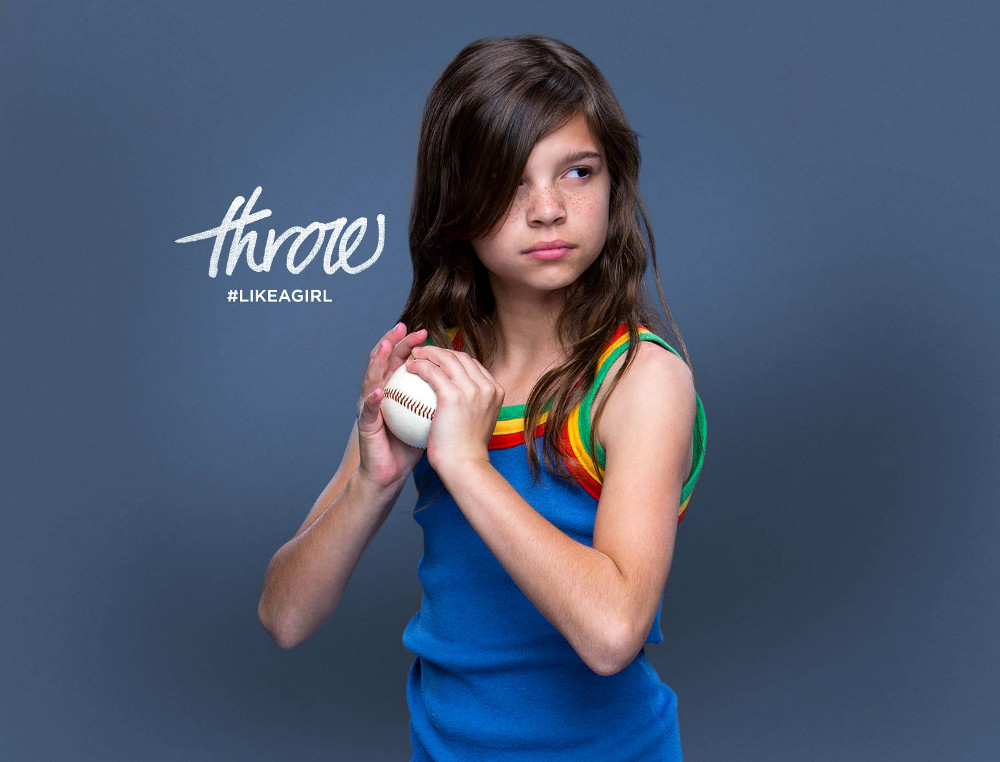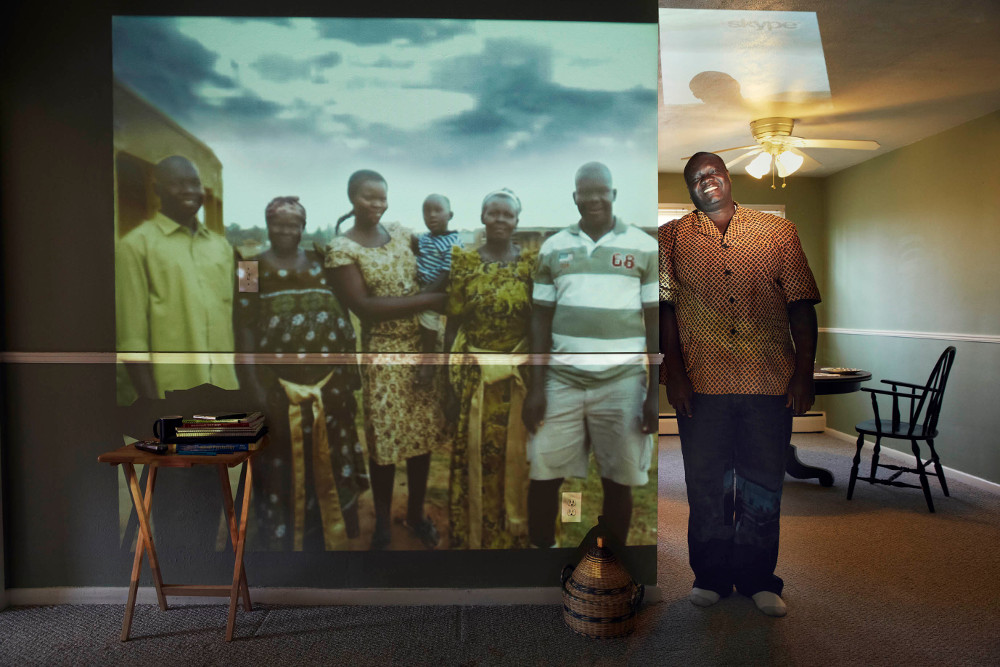More photo options with the selfie stick.
A lone twentysomething wearing sunglasses and a beach hat poses on the walkway in front of a gleaming strand. Her right arm is extended in front of her, her hand clutching a long metal stick similar in length to a golf club. At the end of it is her smart phone – her public, her audience.
She purses her lips, cocks a hip to one side, smiles and makes a V with the fingers of her left hand. Three, four times she poses for her imaginary spectators.
Then she slips the stick and phone into her backpack in a fluid, unembarrassed motion.
“Honestly, I don’t think any country is truly ready for a selfie stick,” says Justin Garner, the business developer of the distribution company Selfie Sticks South Africa.
“It’s a strange thing to walk down the street and see someone with a long metal stick taking pics of themselves.”
Selling like crazy
Not strange enough to deter people from using it, though. The gadget, which allows you to take pictures of yourself from angles you could never otherwise have achieved, is selling like crazy, according to Garner, for R199. “We sold close to 100 of them in three days. It’s ridiculous.”
Within a week of advertising for franchising opportunities, Garner had received 15 inquiries, including from Lagos, Buenos Aires and Istanbul. The aim is to sell 5 000 units in South Africa between September, when the sales started, and February.
Garner’s business is one of hundreds that are responding to the selfie craze gripping the world. Try a selfie umbrella or a selfie brush. There is Apple’s ShutterBall Bluetooth remote camera trigger and the iPhone selfie coil (a mini-tripod that allows you to better capture your pout). You can also take a #selfie of yourself test driving a Kia to win tickets to the football World Cup. These products and marketing gimmicks reflect the ways in which advertisers are tapping into our self-obsession.
“The need to self-express and the modes people employ to do so present an attractive and natural space for brands to position themselves in,” says Carla Enslin, the national academic navigator of the Vega School of Brand Leadership. “After all, brand relationships are an expression of self-identity.”
#Selfies4success
More and more brands are clamouring to provide a platform for this so-called self-expression, Nedbank’s latest #Selfies4success campaign being a case in point.
The aim: to attract young people with its cost-effective range of “savvy” products. The modus: upload a picture on social media of you “making your savvy life happen”. The format: a sweepstake, a favourite with any selfie-driven campaign, with daily cash giveaways and a grand prize.

The Always sanitary pads #LikeAGirl campaign.
“Many advertisers are using selfies as an entry mechanism,” says Sarah Britten, the strategy director of Labstore South Africa. “It makes a lot of sense. It plugs into narcissism but also ensures higher levels of engagement.”
Other brands are using the obsession with self-expression to establish a more sophisticated level of engagement. Britten cites Coca-Cola’s “names on cans” campaign – the cooldrink now comes tailor-made for you (and you can “share a Coke with Lebo”).
Enslin says Skype’s advertisements display the brand’s ability to connect people, illustrated by “family portraits” connecting families around the world. Then there is Always sanitary pads, which invite self-reflection by using the phrase #LikeAGirl. Both of these, say Enslin, “question society and its influence on self-identity and expression”.
Narcissistic brands
But according to Sonja Verwey, the head of the department of strategic communication at the University of Johannesburg, brands nowadays not only reflect our self-interest – they have become narcissistic too.
“Although brands are not people, they can act like your friends,” Verwey says. “Unfortunately not many brands are good at listening, or having conversations and investing in their relationships. The problem with narcissistic brands is that they only understand their relationship with other people in terms of themselves. Narcissistic brands use people for the purpose of the brand.”

Skype’s campaign connects families around the world.
Brands are increasingly using real-time social media marketing to insert themselves into trending news and events, Verwey says. They use techniques such as newsjacking (injecting the brand into a breaking news story) and improvisation marketing (which is like improv comedy with an advertising spin) to “force consumers to cast their gaze on them”.
But these methods are not always effective. “There’s a difference between engaging your customers and using every opportunity available to preen your brand, and to ‘tell, sell and yell’ a message,” she says.
Falling into a rut
In South Africa, cellphone makers and financial institutions could be falling into this rut.
“Their branding is all about them and not the consumers,” Verwey says. “Consumers do not really feel that these institutions are solving their problems or offering them any value.
“Brands will have to stop talking about how wonderful they are and start giving voice to their equally me-focused consumers. Those that do not do this cannot sustain their success.”
The moral of the story is clear. From people to brands, we need to fight this scourge of narcissism. Because nobody likes a self-obsessed somebody. Except you, of course. And maybe your selfie stick.
Thalia Holmes is a business and features writer for the Mail & Guardian.